News 6/18/09
HHS publishes its meaningful use matrix (warning: PDF) with these priorities:
- Improve quality, safety, efficiency, and reduce health disparities
- Engage patients and families
- Improve care coordination
- Improve population and public health
- Ensure adequate privacy and security protections for personal health information
In the ambulatory care setting, the objectives seem achievable (at least the Year 2011 items.) One big exception may be the use of CPOE “for all order types.” This is not an impossibility, but it does suggests the need for providers and vendors to act quickly. Typically, order-entry is one of the last phases of an EMR implementation, in part because the process tends to slow down the providers. Also, order-entry typically requires interfaces to other systems, such as the lab and x-ray, and, interfaces tend to create headaches, take time to create and perfect, etc. An additional reason to get going on EMR: the year the provider applies for an EHR subsidy correlates to what meaningful use standards are applicable. In other words, if a provider waits until 2013 to apply, he/she will be required to meet the 2013 requirements to receive any funds, and not just the 2011.
Thanks to technology, a marine corporal in Afghanistan is able to witness the birth of his daughter in Rhode Island. The hospital set up an Internet connection and a web cam in the birthing center and the proud dad viewed the birth from a secure location 6,000 miles away.
The Maryland medical society wants the federal government to delay or eliminate financial penalties against offices that do not computerize their records by 2015. Their concern is that too many doctors cannot afford an EMR. The medical society fears fewer physicians will accept Medicare and Medicaid patients because they won’t be able to afford the potential financial penalties.
Noteworthy Medical Systems introduces the release of NetPay, a web-based application that facilitates the collection of all patient payments at the point of care. The product integrates with Noteworthy’s NetPracticePM product and is powered by mPay Gateway.
The AMA adopts principles for EMR breaches: (1) tell the patient; (2) follow appropriate procedures for disclosure; (3) place the interest of the patient first; and (4) give the patient information to mitigate the consequences. Members also drafted a resolution discouraging the government to impose penalties on providers who haven’t adopted e-prescribing, and, adopted a policy asking the federal government to adjust EHR subsidies to account for inflation.
Telehealth company TeleDoc Medical Services names Jason Gorevic CEO. Gorevic joins Teledoc from WellPoint.
An Australian medical blogger provides some great suggestions for physicians considering adding (or updating) a practice website. He writes from personal experience, having just designed a site for his wife’s OB/Gyn group. Even though he is likely writing for an Aussie audience, the information is surprisingly relevant.
CalPERS, Anthem BC, and BS of California team up to launch an e-prescribing initiative in California.
Contacting patients via telephone or the Internet is an effective way to reduce risk factors for coronary heart disease, according to this study. Though telehealth was not found to reduce overall mortality, participating patients were more likely to lower their cholesterol levels, lower their systolic blood pressure, and cease smoking.
The Medicare Payment Advisory Commission (MedPAC) advises Congress to change the way it pays providers in order to achieve better care coordination and efficiency. MedPAC raises several areas for consideration, including more focus on graduate medical education and incentives that promote care coordination. MedPAC also cautions against self-referral in imaging, suggesting that when physicians have a financial interest in imaging equipment, they are more likely to order imaging tests and incur higher overall spending on their patients’ care.
Kaiser Permanente ships a 500-square-foot, 10-wheel mobile medical vehicle to Hawaii’s Big Island. The mobile health vehicle is equipped with KP’s HealthConnect EHR system, a mammography unit, and video telemedicine equipment.
Hayes Management Consulting just published its summer 2009 issue of the Hayes Review Newsletter. Included in the issue: information on health-related self-service kiosks, recommendations for reducing interface errors, and tips on successfully implementing physician charge capture modules.
By the way, thanks to Hayes and the rest of our sponsors for their support. If you are interested in being part of the fun, click the sponsorship button at the top. Also make sure you are signed up for email updates so we can let you know when we have a new post – we’d hate for you to miss a thing.

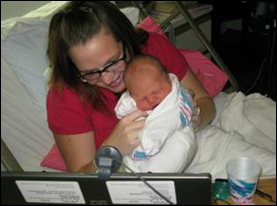
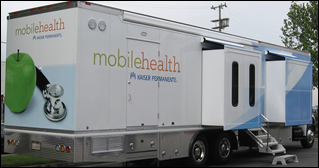

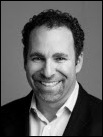
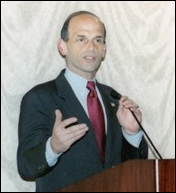
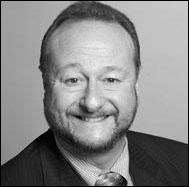

Re: Walmart Health: Just had a great dental visit this morning, which was preceded by helpful reminders from Epic, and…